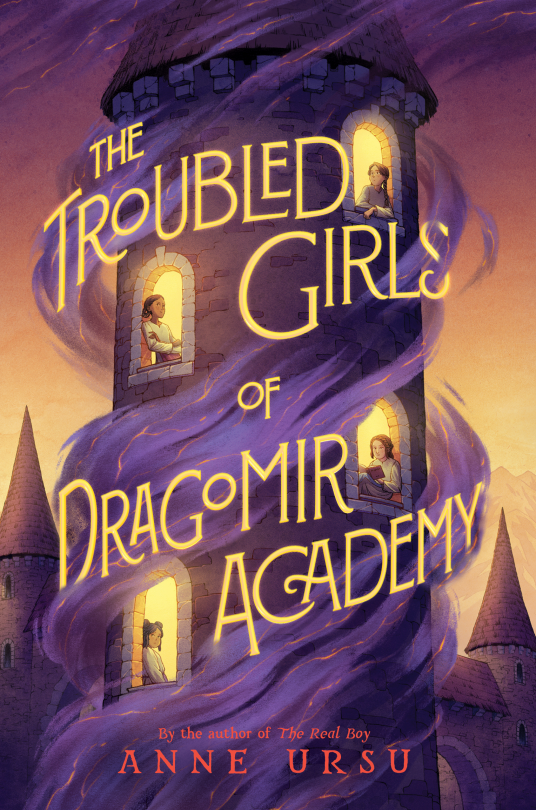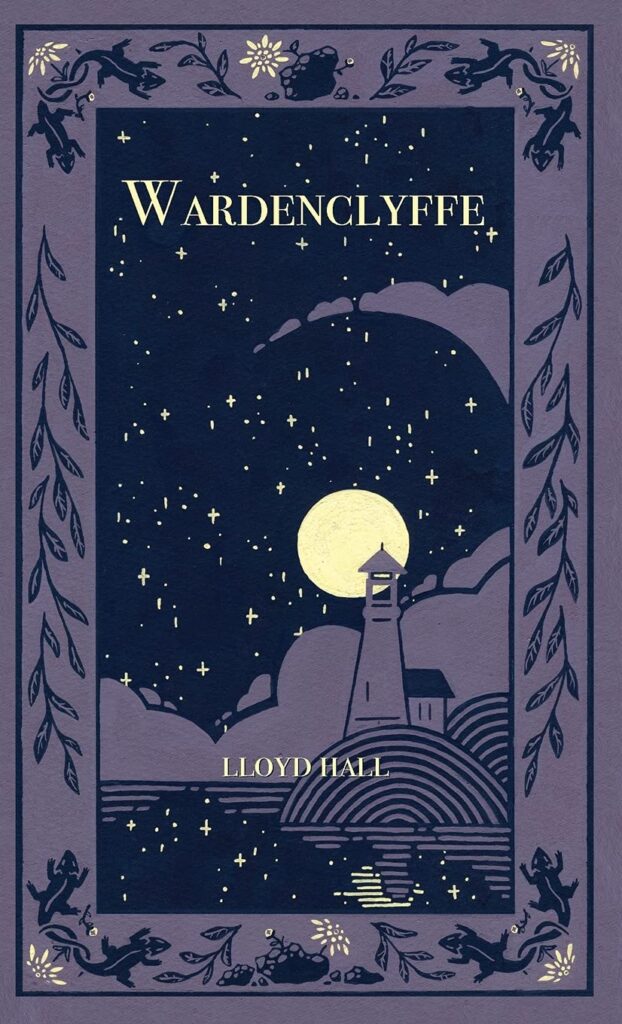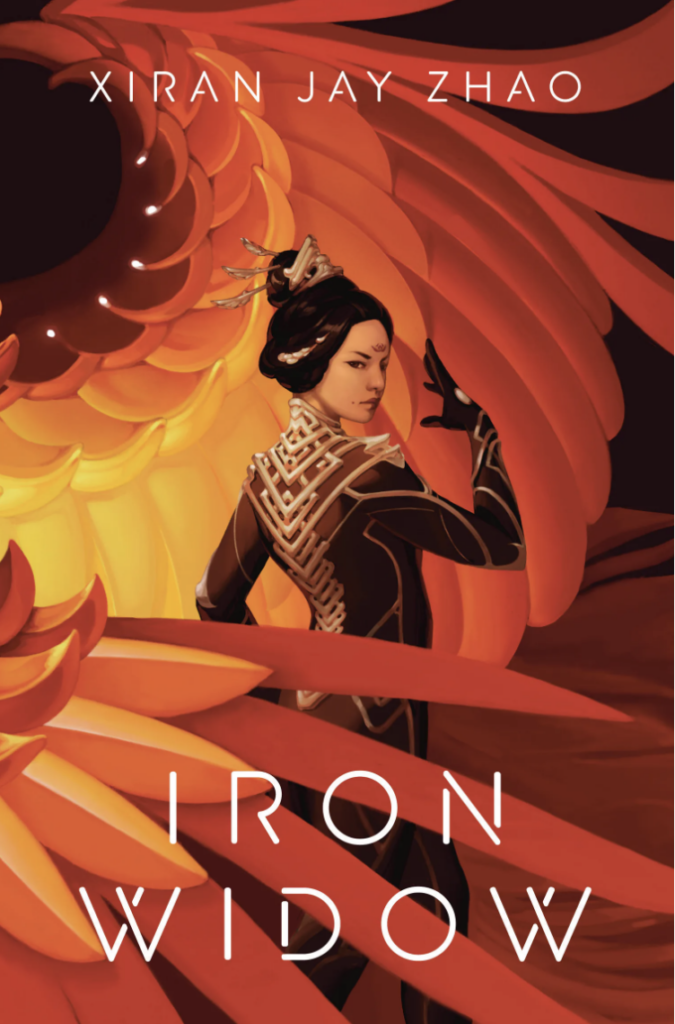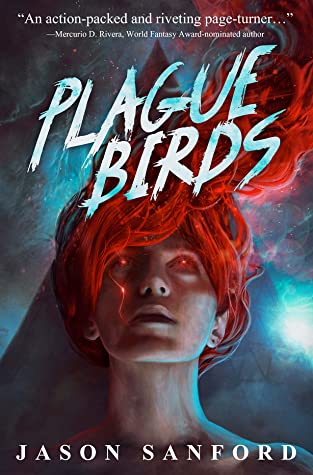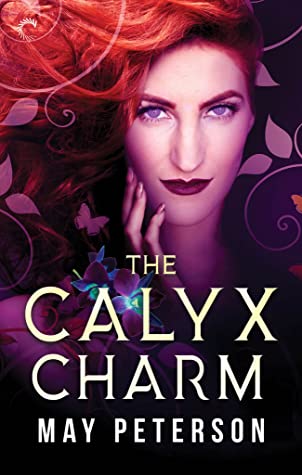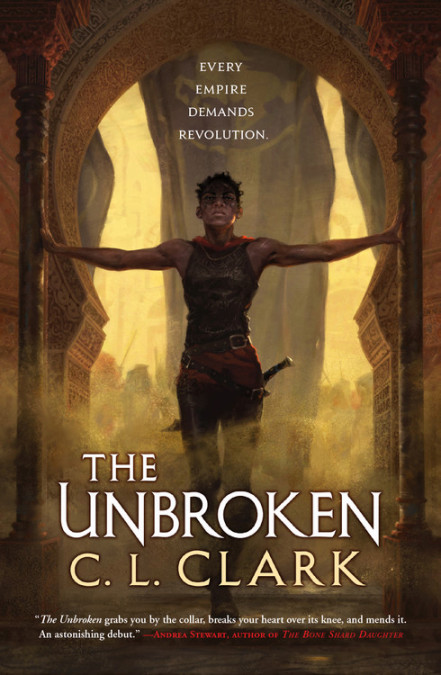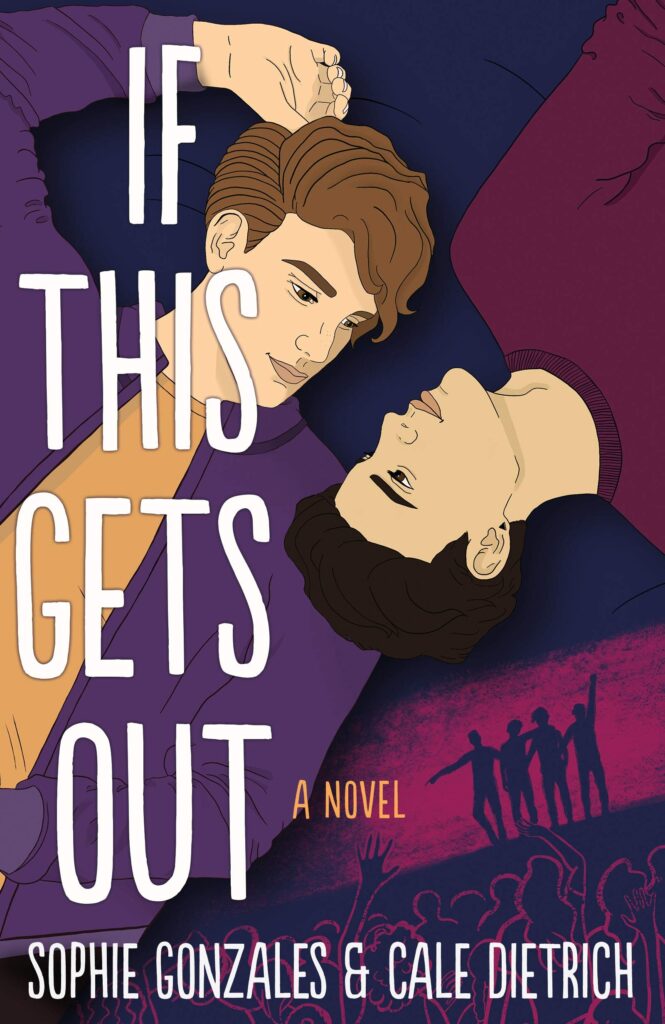
Genre: Contemporary romance
Audience: YA
Series?: Standalone
Rating: Loved it!
For fans of: One Direction fanfiction (Larry?), The Charm Offensive, Fifteen Hundred Miles from the Sun, An Unexpected Kind of Love, VH1’s Behind the Music, found family, friends to lovers
I hate when people call gay romance novels cute. It feels infantilizing. It reminds me of the way straight people will stare and point at (especially male) gay couples on the street, and when they’re caught say, “Oh, you’re just so cute.” Like gay people (especially men) are fluffy handbags, statement pieces, not entirely real people.
Also, this book is cute as hell, and it’s only partially due to the romance. I can’t remember the last time I saw a media portrayal of male friendships this open and loving. Usually, when fictional friends say they love each other, it’s a pair of girls who are about to stab each other in the back. There’s no backstabbing in this book. There’s not even a single “no homo.”
The friends are four boys who met and performed together at music camp one summer when they were fifteen: “sensitive, sweet Zach … type A, cautious Jon … wild, hilarious Angel … perfectionist, darkly sarcastic [Ruben].” Though none of the other boys knew it at the time, Jon’s father is the famous pop talent manager Geoff Braxton:
… if he decides you’re worth it he can make you a global superstar, richer and more famous than you can ever imagine. If you want to be famous, he’s a god.
Geoff watched the boys’ finale performance (complete with “terrible choreography that we crudely put together … by watching YouTube … and altering the moves to fit our ability”) “through calculating eyes” and decided they were worth it.
Three years later, Geoff has carefully shaped the boys into Saturday, a world-famous pop band preparing to leave for their first international tour. He’s given them professional choreography and more money than they know how to spend, but also entirely new personals that they have to maintain both on and offstage.
Angel, who has a model waiting in every country, is the innocent virgin, while Jon, a devout Catholic, struggles against instructions to wear less and less clothing for every show.
I’m not going to say much about Jon in this review because when things happen, he’s usually standing on the sidelines yelling for his friends to put on their helmets, but I want to get it on the record that Jon is 10/10 the best boy. Jon would bring you soup when you’re sick and never forget your birthday. If I ever come into a possession of a human son, I want him to be like Jon.
Zach, the pop punk-loving cinnamon roll, is the bad boy of the group, but his vocals have been polished free of any edge. He longs to write a song for Saturday, but Geoff continually rebuffs his efforts, telling him to think more along the lines of “something that would play … in a mall.” Fuck managers, but I actually can’t hold this against Geoff. All the lyrics Zach shares in the book are comedically bad:
I bring my pen to the page and write: You’re like a hangover … I put my notebook down, and write down mysterious ways.
Is there a song in that … you’re hot like water?
Though his musical theater background makes him the strongest vocalist of the group, Ruben is bland, a blank slate for the projected fantasies of any girl who doesn’t want a virgin, a player, or a bad boy. Which seems like a good marketing strategy, at first. However, Geoff goes beyond just dressing Ruben in neutral-colored sweaters, preventing him from showing off his true singing abilities, and forbidding him from drawing any attention to himself. Geoff is terrified someone will find out Ruben is gay, even though it’s an open secret in the industry and Ruben has been asking to make it public since he was sixteen.
Ruben is the group cynic, which sometimes makes him hard to sympathize with. There’s more than a bit of condescension in the way he thinks about his friends’ hopes that their management company will give them more freedom in the future. None of his friends know Geoff has been keeping him in the closet for years because he hasn’t told them. I often wanted to shake him, but I also found him painfully real and relatable. In addition to a gay teenager who’s way over his head, Ruben was raised by parents who are cruel and controlling, and he’s learned to keep his vulnerabilities hidden.
Though all four boys are privately struggling, they manage to keep it more-or-less together until they leave for the international leg of their big tour.
Then, it quickly becomes clear that Angel’s partying is out of control, and there’s something more than friendship growing between Zach and Ruben. (Poor Jon has very little time to worry about his own problems because he’s somehow gotten stuck with the responsibility for keeping his friends alive and out of trouble.)
Even though I have only ever read one (horrifying) piece of bandfic, I loved this setup for a YA romance novel. It’s full of opportunities for angst and drama beyond the usual miscommunication. And it delivers! This is a book that’s practically dripping in teenage angst, but the authors usually manage to keep it from veering into melodrama by making sure there are actual, clear stakes and plenty of fluff to balance it all out.
One night early in the tour, Zach gives his hotel room to two girls who get too drunk at one of Angel’s parties. Of course he can crash in Ruben’s bed. They’re best friends. It’s not weird, just two bros chillin in the same bed five feet apart cuz they’re not gay.
Then they kiss, and it’s suddenly very gay. (Did you know you’re allowed to describe an erection in YA? Because I did not.)
There are several chapters of angst while Zach tries to figure out if he actually wanted to kiss Ruben (and that would mean about him) or if he just wants to have wanted to kiss Ruben because he doesn’t want to hurt his best friend. Ruben has a tendency to attract guys, both straight and not, looking to date their way into stardom. Zach’s almost more afraid of having used Ruben like all the others than he is of admitting he’s bi. Meanwhile, Ruben is panicking that he somehow forced or manipulated Zach into kissing him, and the media is picking up on the tension between them.
If I sound dismissive, it’s not because I have no sympathy for Zach’s experience. The way the authors describe his dawning realization that he’s always been attracted to people of all genders was similar to my own internal coming out process:
Is the truth that I don’t get strong crushes on guys the way I get on girls? Or is the truth that whenever those crushes start to poke their heads up I squash them, and ignore them?
I think of Lee. I think of Eirik. I think of Ruben, and his photo.
… There’s an explanation here, and maybe … no, it can’t be that. You’d know. You’d know.
However, I do think these chapters are the weakest part of the book. While Zach’s coming out feels honest and meaningful, the conflict between him and Ruben feels unnecessarily cruel and drawn out. It’s like the book comes to an abrupt stop so they can bicker in circles for a while.
I get that they’re teenagers. I do get that, but I don’t get why they have to have the same argument over and over again, or why Ruben apparently has no sympathy for what it’s like to realize you’re not as straight as you’ve always told yourself you were. Does he not know any other queer people?
The plot picks up again when Zach decides he does want to be with Ruben. He comes out to the other members of Saturday, who are so excited and supportive I wanted to cry. He comes out to their management team, who promise they can start “thinking about” announcing the relationship publicly after their Russian tour stop. Angel’s mental health continues to decline.
I have mixed feelings about Angel’s plot. On the one hand, I think it’s important to honestly portray what that kind of fame combined with a complete lack of autonomy does to people. Having it hit a supporting character the hardest makes space for more fluff and tenderness in Ruben’s relationship, which I adored.
On the other hand, I’m uncomfortable with Angel’s addiction and mental illness being used as a plot device to create drama in his friends’ love story, especially when Angel is Asian American and Zach and Ruben are white. I’ve yet to make up my mind about how his arc is resolved mostly offscreen with a single stint in rehab. I guess I’m glad to see YA finally portraying therapy positively, but ehhh …
I did really appreciate the way Angel’s struggles motivated his friends to stand up to their management team, and I liked seeing Angel finally being able to open up about what he was going through once he’d gotten help. Again, this book has so much more emotional vulnerability than stories about boys are usually allowed to have. It’s truly lovely.
Something else you don’t see in many YA books: When things get really bad, most of the boys’ parents step up and fight for them. They form a moms’ club to lead the fight against Saturday’s management. It’s a nice change to the feelings of isolation and helplessness the boys have been dealing with for most of the book, and I appreciated the fact that the boys still maintained their autonomy to drive the conclusion.
Overall, this was a sweet read that nicely balanced tenderness with teenage angst and emotional intimacy with international pop star drama. I wouldn’t necessarily recommend it to people struggling with addiction, but I think anyone who likes their fanfiction with a lot of fighting and a lot of kissing will enjoy If This Gets Out.
Disclosure
I received a free ARC from NetGalley in exchange for an honest review.
Can you do me a favor?
If you like this review, please like it on Goodreads and maybe follow me there.
More Info
Publisher: Wednesday Books
Hardback Page Count: 416
Sophie Gonzales is on Twitter and Instagram.
Cale Dietrich is on Twitter and Instagram.
You can support your local independent bookstore by buying BOOK on Bookshop.org, or grab it on Amazon.




